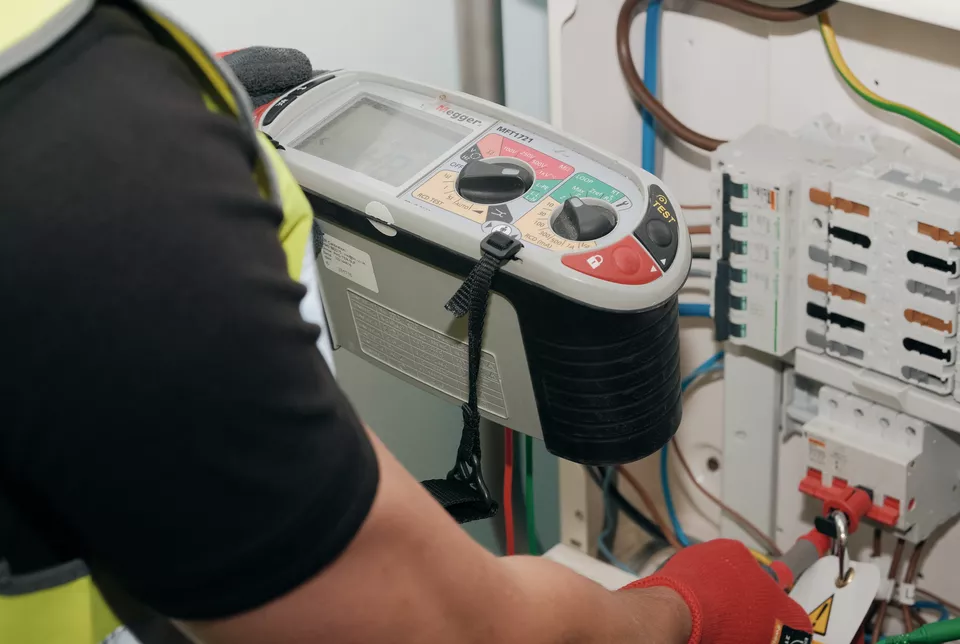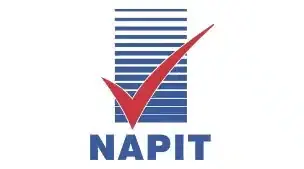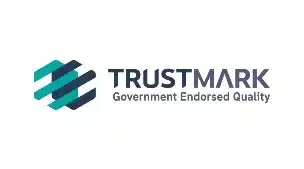What is an Electrical Certificate?
Electrical installations naturally deteriorate over time, making it essential to inspect and test them every 3 to 5 years to ensure they remain safe for use. These safety inspections result in what are commonly referred to as ‘electrical certificates’ or a ‘domestic electrical installation condition report.’
On June 1, 2020, the UK Government issued guidance on the Electrical Safety Standards in the Private Rented Sector (England) Regulations 2020.
This guidance is divided into three sets, with tailored versions provided for landlords, tenants, and local authorities in England.

Private Landlords must ensure
- Electrical safety standards must be maintained throughout the tenancy while the property is occupied.
- A qualified professional must inspect and test every fixed electrical installation at the property at least once every five years.
- The initial electrical inspection and testing must be completed before the start of new tenancies beginning on or after July 1, 2020, and by April 1, 2021, for existing tenancies.

An electrical certificate report will:

Who should carry out the electrical certificate inspection and what happens?
Electrical inspection reports or certificates should only be conducted by accredited and competent professionals, such as registered electricians. These experts assess the condition of your electrical systems against the UK safety standard for electrical installations, BS 7671 – Requirements for Electrical Installations (IEE Wiring Regulations).
All our engineers are fully qualified and registered with either NICEIC (external link) or NAPIT (external link). Our NAPIT membership number is NAPI61669. You can learn more about our qualifications on the NAPIT website (external link).

Most local councils, housing associations, and estate or managing agents will only accept Electrical Certificates that are signed off by a fully qualified and registered engineer. Additionally, in the event of an incident, such as an electric shock, your insurance may not cover you without a valid electrical certificate. To ensure you’re not wasting money or taking unnecessary risks, follow these steps:
Key Steps to Ensure Your Electrician is Qualified and Trustworthy
Essential Electrical Safety Checks for Your Property
- The type of wiring system and its condition. For example, cables coated in black rubber were phased out in the 1960s. Likewise cables coated in lead or fabric are even older and may well need replacing (modern cables use longer-lasting pvc insulation).
- Making sure you have a fusebox with a suitable residual current device (RCD).
- The extent of any wear and tear, damage or other deterioration.
- Any changes in the use of the premises that have led to, or may lead to, unsafe conditions.
- The adequacy of earthing and bonding.
- The suitability of the switchgear and controlgear. For example, an old fusebox with a wooden back, cast-iron switches, or a mixture of both will need replacing.
- The serviceability of switches, sockets and lighting fittings. Items that may need replacing include: older round-pin sockets, round light switches, cables with fabric coating hanging from ceiling roses to light fittings, black switches and sockets mounted in skirting boards.
- The presence of adequate identification and notices.
Our engineer will provide you with an Electrical Installation Condition Report or Electrical Certificate, outlining any observed damage, deterioration, defects, hazardous conditions, and non-compliance with current standards.
If any dangerous or potentially hazardous conditions are identified, the overall condition of the electrical installation will be deemed ‘unsatisfactory,’ indicating that immediate remedial action is necessary to eliminate the risks to those on the premises.
Call Our Sales Line: 020 3772 5957
accreditations




Testimonials
What is an EICR?
An EICR stands for Electrical Installation Condition Report. This is an in-depth assessment of your property’s electrical installations, like wiring, sockets, and fuse boxes. It checks whether everything is safe and up to current standards. Think of it like a health check-up, but for your property’s electrical system!
How long and how often should a landlord do an EICR?
The answer is every 5 years. As a landlord, it’s your responsibility to ensure the safety of your tenants, and regular EICRs are a big part of that. If you’re managing an HMO—House in Multiple Occupation—then it’s especially important to keep this up to date. If any major electrical work is done on the property, an EICR might be needed sooner to ensure everything’s still safe.
Is It a Legal Requirement to Have an Electrical Certificate in the UK
Since July 2020, it’s mandatory for landlords in England to have a valid EICR before they start a new tenancy, and from April 2021, this also applies to existing tenancies. If you don’t comply, you could face hefty fines, so make sure you’re covered.
Why electrical safety checks are important for landlords?
As a landlord, regular electrical safety checks are not just about compliance—they’re about protecting your tenants and your property. Beyond the EICR, make sure to conduct visual inspections regularly and respond quickly to any signs of electrical issues.
What are EICR Codes?
When you receive an EICR, it will include codes that indicate the condition of your electrical installations. These range from C1, which means ‘Danger Present’ and requires immediate action, to C3, which suggests improvement is recommended but not mandatory. Understanding these codes is crucial in determining what steps you need to take next.
How to Check an Electrical Certificate Online
Many professional electricians and companies provide digital copies of EICRs and EICs. You can ask your electrician to email you the report or upload it to a secure platform where you can access it anytime. Just make sure you’re dealing with a registered and accredited electrician.